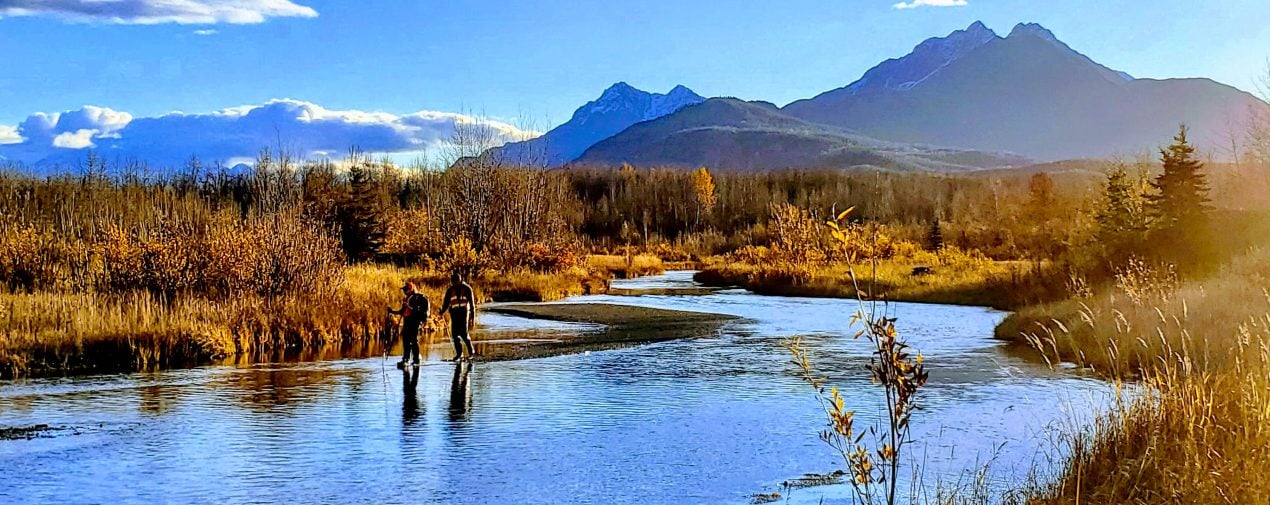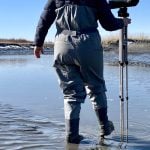How to Keep Dry For a Cold Day of Fishing
A popular saying among fishing circles is, “A bad day of fishing beats a good day at the office.” While I agree this is generally true, I would add the caveat of, “A bad, but safe, day of fishing beats a good day at the office.” If you’re anything like me, seeing ice free waters appear in the spring gets you excited for chasing after some fish.
Whether you live in a cold climate year round, chase trout in alpine streams, or are looking to extend your fishing days into the shoulder seasons, special consideration needs to be taken when around cold water and the gear choices can be overwhelming.
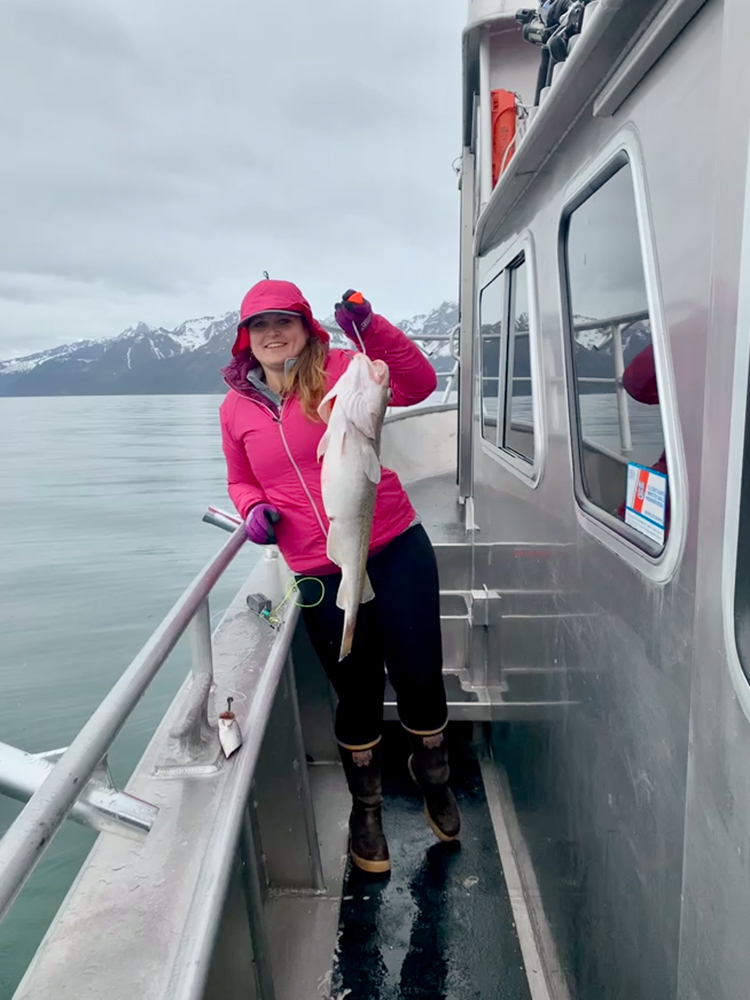
The dangers of entering cold water are real. Cold water shock and hypothermia can set in within minutes, even in waters of 55°F. Living in Alaska where water often hovers near freezing year round and frequently working jobs requiring in-stream research, I’ve learned the ins and outs of selecting gear to keep me safe.
When just starting out, it can be difficult to not only on the type of gear, but also the quality of gear to purchase. Is it absolutely necessary to purchase a top-of-the-line $800 pair of waders or will my old rubber boots work just fine? How should I dress for a deep sea fishing adventure on vacation? Here, we will break down several of the most popular options and their best applications.
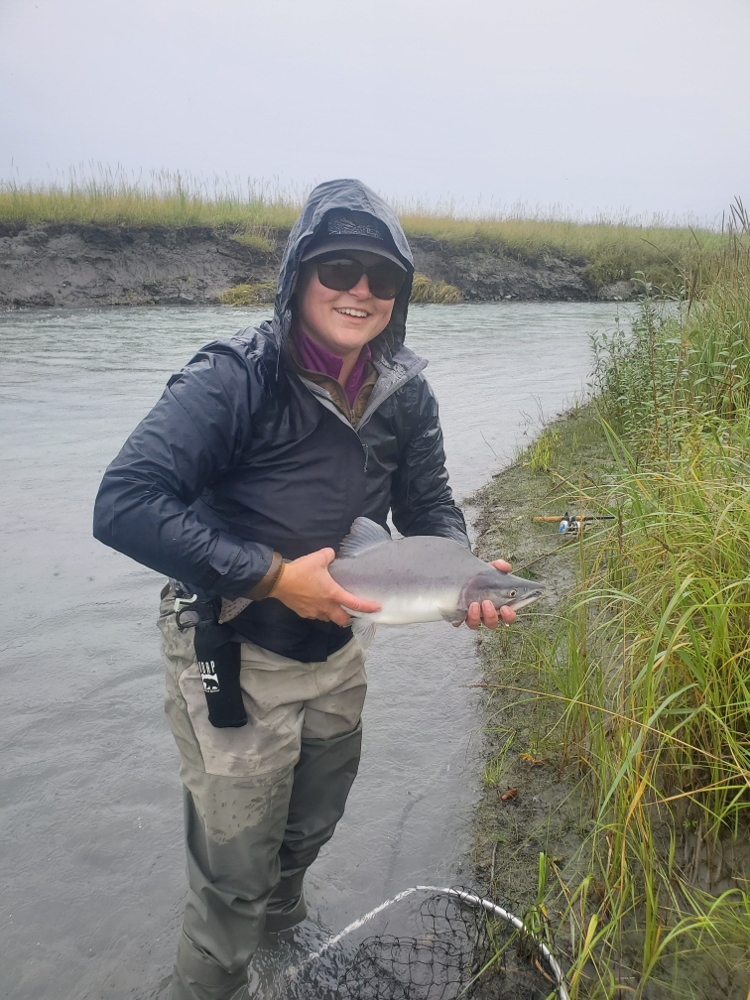
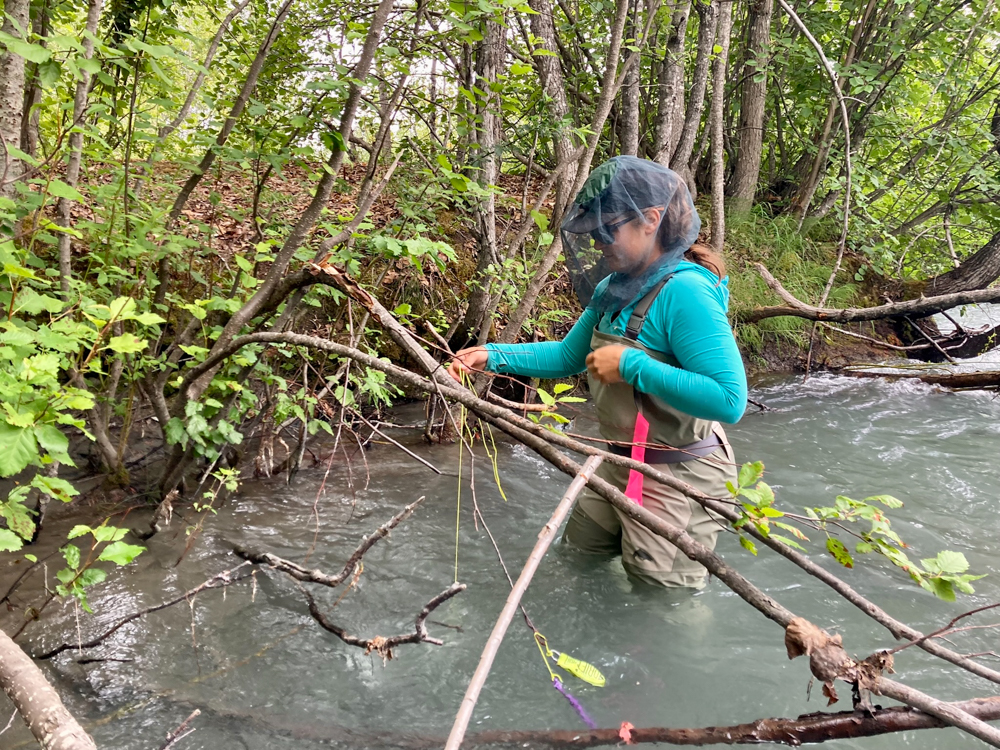
Waterproof Boots
Unless you live in a very arid climate, I’m willing to guess you already own a pair of waterproof boots for rainy days. Whether you purchase a cheap pair from your local box store or a high end name brand boot, they all keep you dry from about mid-shin down. Very often, this is my gear of choice for fishing. These are great for days when you will be sitting on a river bank or sitting in a boat, meaning I have no intentions of entering the water. Your feet stay dry walking through mud or when water splashes onto the deck of the boat. Choosing closed-toe footwear versus sandals helps to protect you from hooks gone a-stray. A simple, yet often very appropriate gear choice that can be quite affordable. While high end boots are not necessary, one feature I would recommend choosing would be a slip resistant sole. Bogs Footwear offers a good variety of rain boots and is worth a look.
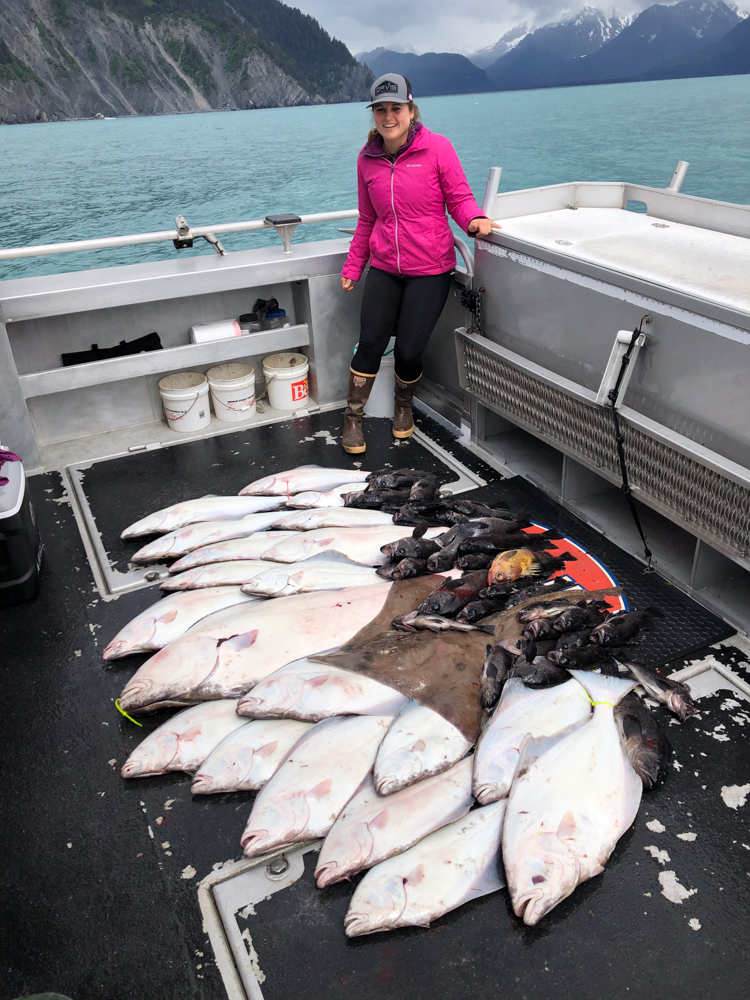
Waterproof or Rain Pants
Another simple and possibly dual purposed piece of gear for fishing adventures when you are not planning to enter the water. While rain pants are obviously a great addition during poor weather, they are appropriate for many other days as well. I will wear a pair on days when I anticipate handling a high volume of fish, such as when netting salmon from a boat. They are also great to wear when headed out on the sea to provide protection from both wind and ocean spray. As an added bonus since rain gear is fairly easy to clean, it’s great to keep on while cleaning your catch to prevent stains on your clothes.
Before I upgraded to a commercial grade pair, my hiking rain pants from Rab worked great for fishing, too. I recently upgraded to a Helly Hansen commercial fishing grade jacket to keep my top half dry during heavy rain days.
For someone who fishes casually or takes the occasional deep sea fishing trip while on vacation, waterproof pants that you use for hiking or an inexpensive pair from the local box store will work just fine. If you intend to get into commercial fishing, hatchery work, or fishing trips where a high volume of fish will be handled over long periods of time, it will likely be worth purchasing a higher end polyurethane or PVC coated pant or bib. Some might ask why one would pair waterproof boots with waterproof pants for fishing from a boat when they could wear waders.
While boating accidents are never planned, we should always prepare for them. If someone were to fall out of a boat while wearing waders, swimming to shore or staying afloat is quite challenging should the legs fill with water. Rain pants are a safer choice when boating in deep water.
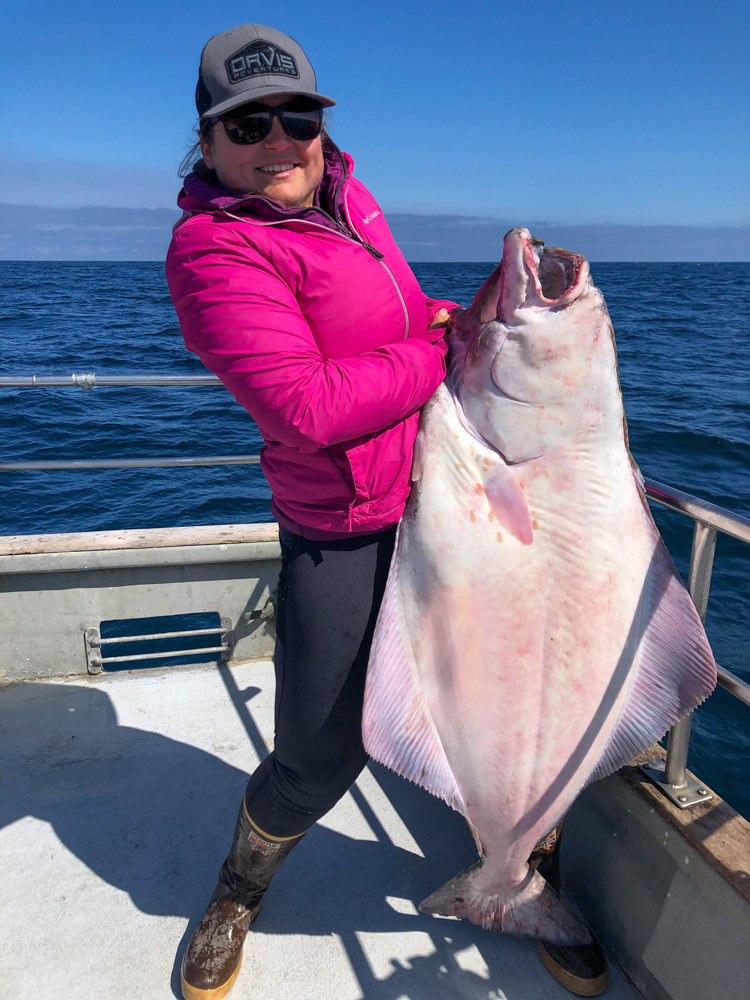
Hip Boots or Hip Waders
Hip boots (also known as hip waders) are just as they sound: boots that go up to the hip. They can often be clipped onto your belt, but are not full pants so do not provide protection above the thigh. I love using my hip boots when working or fishing in waters that I know will not be much above my knee. They are often made of out of the same material as waterproof boots so can be warm in the heat, but are easy to fold down and wear at knee height. These are a great addition to your fishing gear quiver if you frequent shallower waters, but are not a mandatory piece of gear to own. A pair of chest waders, albeit warmer in the heat, can be worn in any situation where hip boots are worn.
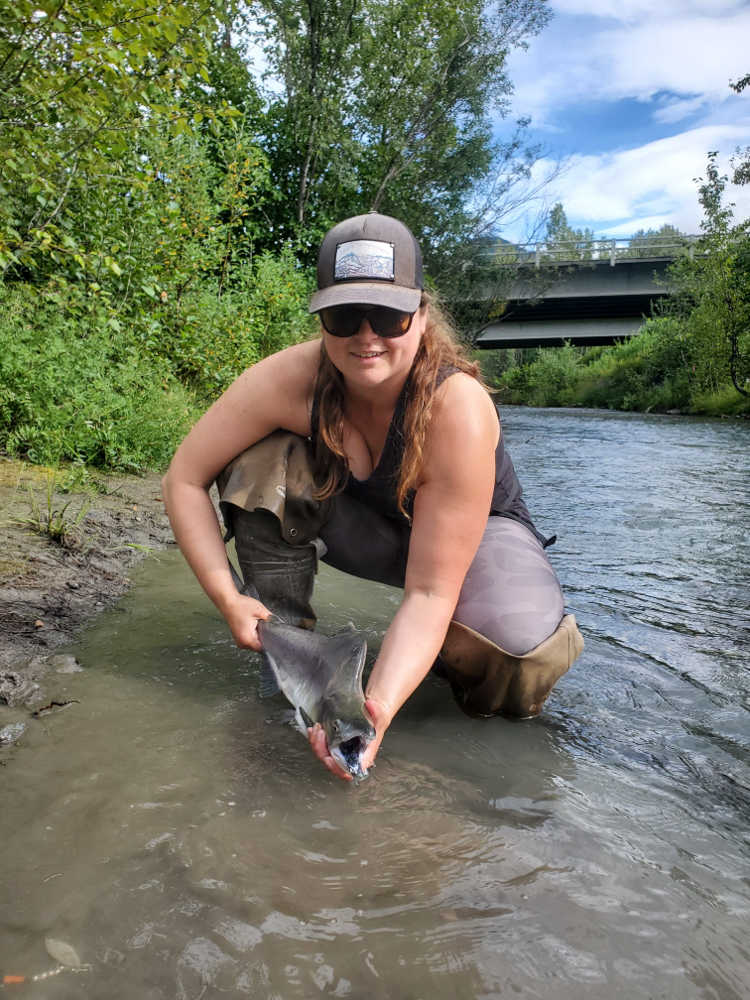
Bootfoot Waders
These waders can come in either a chest or pant style and, as the name suggests, have boots built in. The higher chest style allows you to enter deeper water than the pant style. These waders are often made of a thicker, neoprene material offering additional warmth and, while often a top choice for waterfowl hunting, can also be used for fishing. The advantage to this style of wader is that you do not need to purchase separate footwear. The footwear portion includes either a rubber or felt sole. It is important to be aware that felt soles are illegal to use in some areas such as Alaska, Maryland, Missouri, Rhode Island, Vermont, and Yellowstone, as the can lead to the spread of invasive species. Another disadvantage can be sizing, especially if your body and shoe size are different than the specifications the manufacture deems to be normal. Additionally, if you have to hike in to your fishing spot, it can be easy to overheat wearing these waders.

One safety precaution when wearing waders, whether bootfoot or stocking foot and chest or pant style, is to always wear the included belt. Though it may feel silly, especially if wearing chest waders, this offers additional protection in case of an accident. A properly fitted belt will help trap air in the legs of your waders and provide flotation should you slip and fall into the water. Streams are full of slipping and tripping hazards, so falls are inevitable. A belt also provides others something to grab onto should you need assistance getting out of the water or become incapacitated.
Pro-tip: bear spray holders often fit perfectly onto your wader belt as well giving you easy access in case of an emergency.
Stocking Foot Waders
These waders also come in both a chest or a pant style and have a soft “sock” at the bottom rather than a built-in boot. The sock is a neoprene material and still waterproof, but should be paired with additional footwear. Sizing can be more forgiving with the stocking foot waders. Having a “sock” that is too big is easier to manage than a boot that is too big should your sizing not line up perfectly with the manufacturer specifications. I personally often buy a bigger size so I can add layers underneath during cold weather. These waders also tend to be made from a lighter material making them easier to maneuver in and more forgiving when hiking around in the heat. A disadvantage to the lighter material is that they do tend to get damaged more easily.
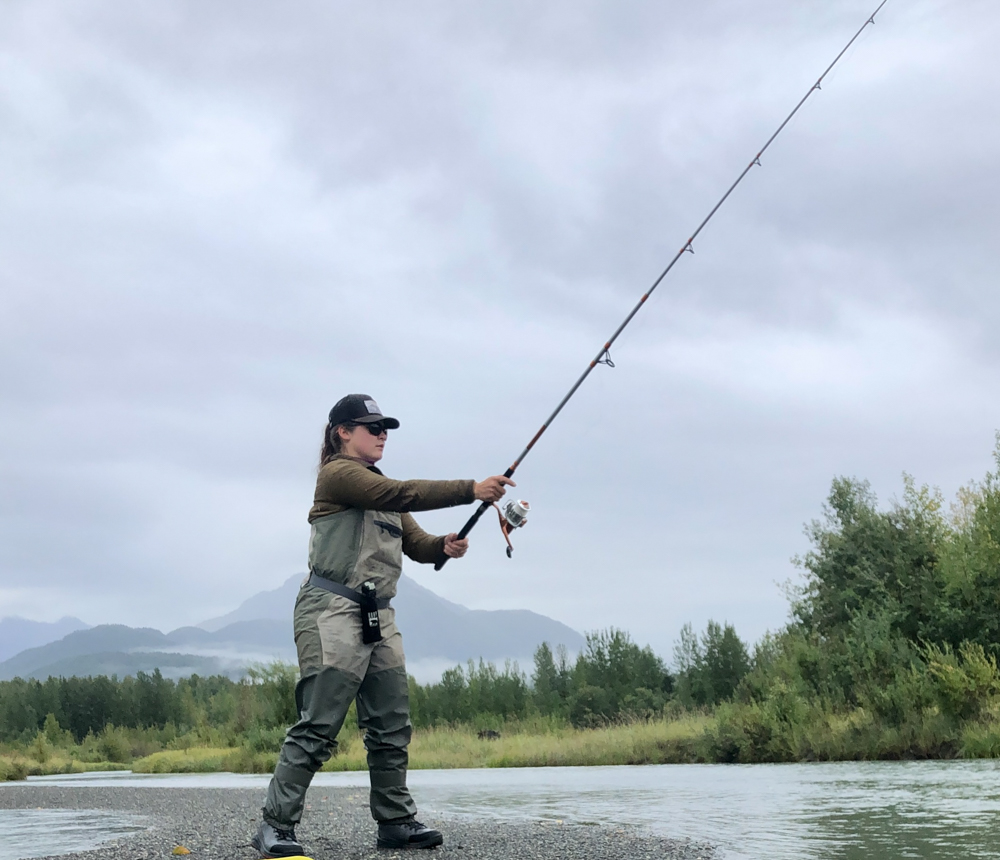
Even if you settle on purchasing stocking foot waders, it can be a challenge to pick out which ones. They range in price from $100 at the local box store to over $800 for “guide” quality. There are seldom times when I encourage beginners to splurge on gear, but waders are an exception as you very much get what you pay for. If you are only planning to go out once or twice and will not be hiking through any rough terrain, you can probably get away with the low end waders, but beware that they tear easily. The average “weekend warrior” looking to get a couple of seasons out of their waders with semi-regular use will want to purchase something mid-range.
If you spend long days fishing or doing field work in the water requiring hiking in through brush, it is worth the extra money for the top dollar waders. They often have more reinforcement in both the fabric and seams, along with warranties and free repairs. Almost every pair of waders, regardless of quality, will end up with at least a pin hole from a thorn or a stray fishing hook, so having a wader repair kit on hand will help extend your number of days on the water. I recently received a new pair of Adamsbuilt Truckee Chest Waders that look like they will be a great option for moderate fishing activity and are available through Pursuit Prolink.
Wading Boots
Should you choose a stocking foot wader, it is strongly suggested that you pair them with wading boots. A good wading booth will protect the “sock” portion of your wader, protect the bottom of your foot from sharp objects, and provide grip on slippery rocks and surfaces. There are low end options that work okay, but provide very little arch or ankle support. A cheap boot will work perfectly well if you are wading in from a sandy beach, but the higher end options are built more like a hiking boot and are preferable for walking any real distance.
Pro-tip: Superfeet inserts hold up quite well in the water and can be a great addition to a boot lacking in arch support.

Just like the bootfoot waders, wading boots will come with either a rubber or felt sole. Again, check your local fishing regulations before purchasing anything with a felt sole. Depending on how much in-stream hiking you do and the amount of algae in your aquatic environment, you may find yourself still slipping. Most wading boot manufacturers sell studs that can be added to the boot. These definitely help to increase grip and prevent accidents but do eventually wear down or fall out. For me, the best solution to adding grip is to re-purpose my worn down microspikes from my winter hiking cache and add these to my wading boots. Not only to they provide great grip, but they can easily be removed when not needed. These can also be added to bootfoot waders. Kahtoolas are my favorite for hiking both in and out of the water.
Other Safety Gear
A few other pieces have made their way to my go-to gear bag and are worth consideration for your fishing adventures as well. When boating, a life vest should be a no brainer. It is also worth considering a life vest when crossing or fishing in a swift current. The lightweight, inflatable vests add very little weight to your gear kit. Trekking poles are also a great addition when facing a challenging water crossing. Using poles as an extra contact point with the ground offers additional stabilization to your footing. Finally, bear spray should be considered if you are fishing anywhere near bear country. It’s easy to get distracted watching your line and fail to notice a bear eying your stringer of fish.
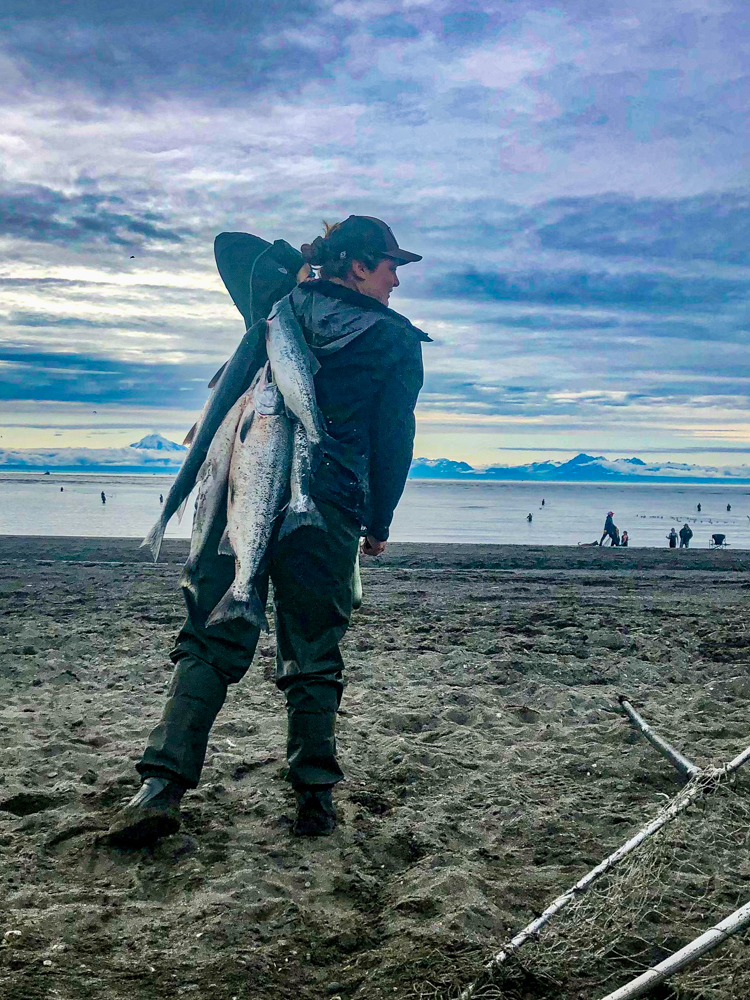
The Final Word
At the end of the day, remember your waterproof gear is safety gear and safety should never be taken lightly. If you decide to push the limits of cold water and remote adventuring, be sure you have purchased gear you can depend on. If you are just starting out, think about the fishing spots you will visit most often and gear up appropriately before heading out. The longer you can stay comfortable on the water, the longer you can stay out, and the better odds you have of landing a trophy catch.
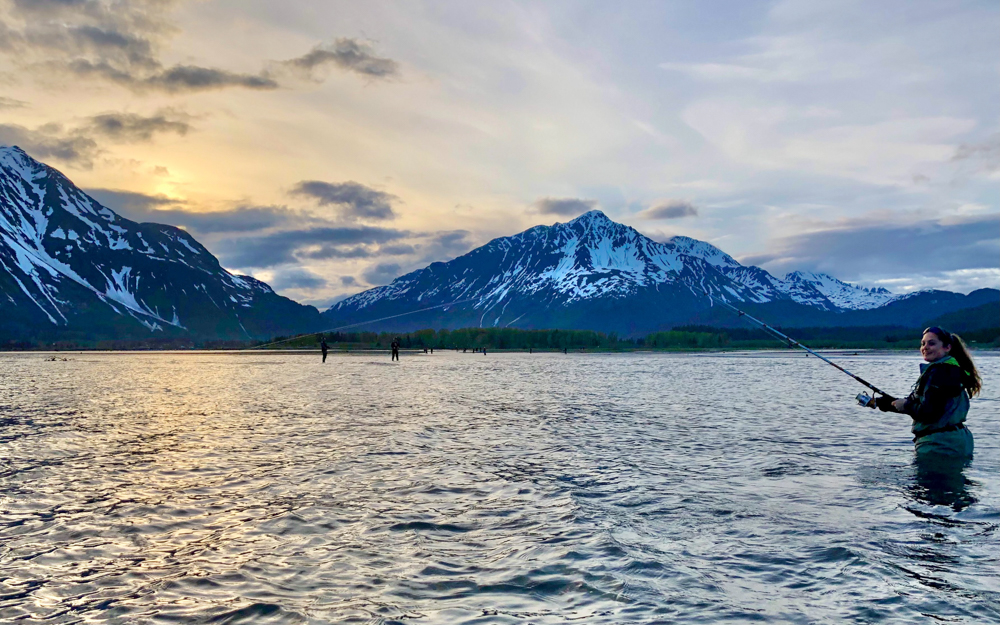
About the Gear Tester
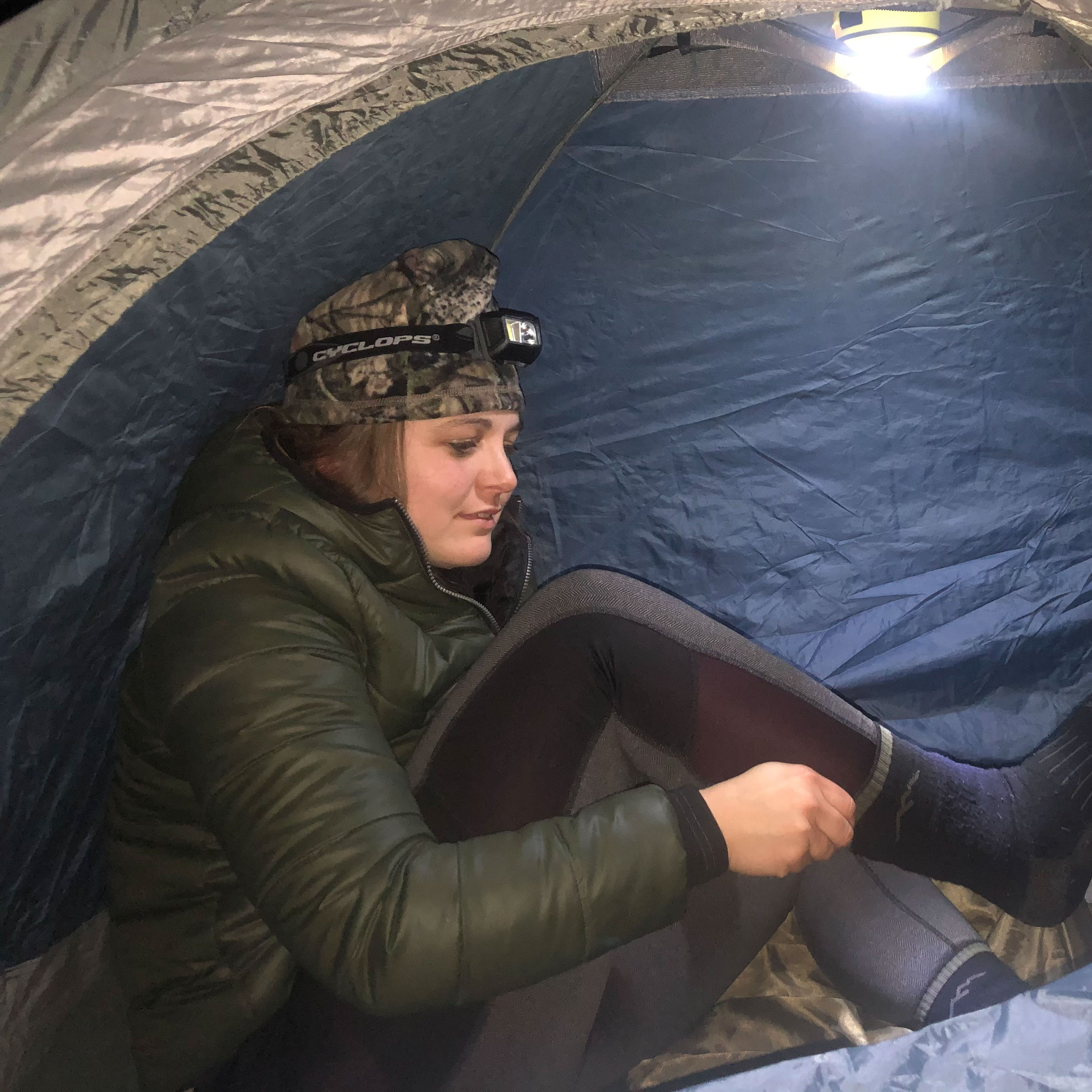
Michelle Beadle
Michelle currently resides in Alaska working and volunteering in the conservation field for various government, tribal, and non-profit entities on projects in remote areas. When not at work, you can find her hiking, skiing, climbing, horseback riding, running, biking, hunting, fishing, or trying out new ways to explore the outdoors. She can be found on Instagram under michelle_ventures.

